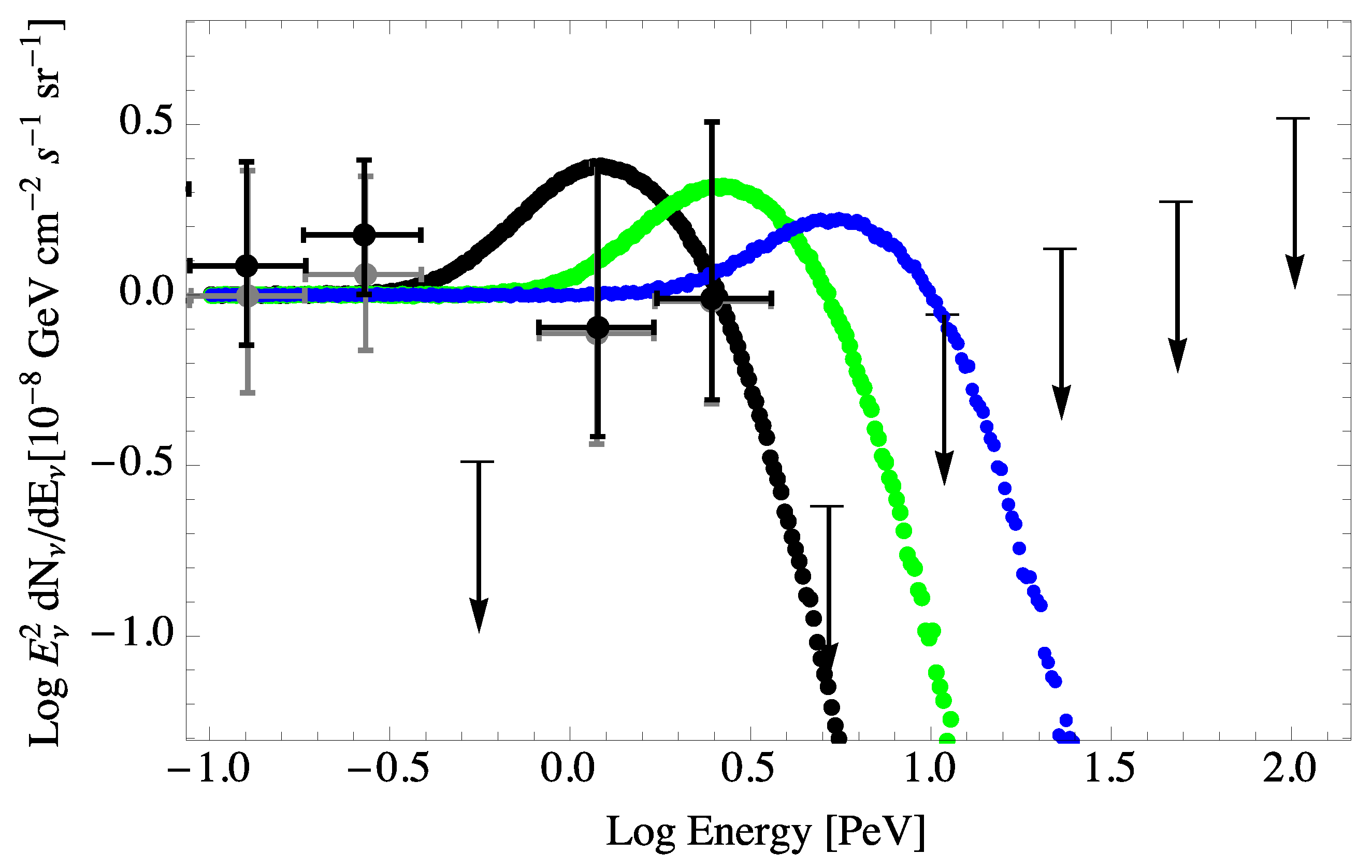Testing Lorentz Symmetry Using High Energy Astrophysics Observations
Abstract
:1. Introduction
2. The Coleman–Glashow Formalism
3. LIV Modified Kinematics for QED
4. Ultrahigh Energy Cosmic Rays
4.1. Extragalactic Origin
4.2. The Greisen–Zatsepin–Kuz’min Effect
5. Modification of the GZK Effect
5.1. Energy Threshold
5.2. Detailed GZK Kinematics with LIV
6. Comparison of LIV-Modified UHECR Spectra with Observations
- The CBR photon number density increases as , and the CBR photon energies increase linearly with . The corresponding energy loss for protons at any redshift z is thus given by:
- It is assumed that the average UHECR volume emissivity is of the form given by where is the initial energy of the proton at the source and . The source evolution is assumed to be with so that is roughly proportional to the empirically-determined z-dependence of the star formation rate. and are normalized to fit the data below the GZK threshold.
7. Modified GZK Neutrino Spectrum from a Modified UHECR Spectrum
8. Generalizing the Coleman–Glashow Formalism
8.1. Time of Flight from -ray Bursts
8.2. Gamma-Ray Absorption with Planck Suppressed LIV
9. Vacuum Birefringence
10. LIV in the Neutrino Sector
10.1. Fermion LIV Operators with LIV with Rotational Symmetry in SME
10.2. LIV in the Neutrino Sector I: Lepton Pair Emission
10.2.1. Lepton Pair Emission in the [d] = 4 Case
10.2.2. Vacuum Pair Emission in the Cases
11. LIV in the Neutrino Sector II: Neutrino Splitting
12. The Neutrinos Observed by IceCube
13. Extragalactic Superluminal Neutrino Propagation
14. The Theoretical Neutrino Energy Spectrum
14.1. [d] = 4 Conserving Operator Dominance
14.2. [d] = 6 Conserving Operator Dominance
14.3. [d] = 5 CPT Violating Operator Dominance
15. Summary: Results for Superluminal Neutrinos
16. Stable Pions from LIV
17. Conclusions
Acknowledgments
Conflicts of Interest
References
- Planck, M. The Theory of Radiation; Dover Publications: New York, NY, USA, 1959; (Translated from 1906). [Google Scholar]
- Kostelecký, V.A.; Samuel, S. Spontaneous breaking of Lorentz symmetry in string theory. Phys. Rev. D 1989, 39, 683–685. [Google Scholar] [CrossRef]
- Tasson, J.D. What do we know about Lorentz invariance? Rpt. Prog. Phys. 2014, 77, 062901. [Google Scholar] [CrossRef] [PubMed]
- Hees, A.; Bailey, Q.G.; Bourgoin, A.; Pihan-Le Bars, H.; Guerlin, C.; Le Poncin-Lafitte, C. Tests of Lorentz Symmetry in the Gravitational Sector. Universe 2016, 2, 30. [Google Scholar] [CrossRef]
- Coleman, S.R.; Glashow, S.L. High-energy tests of Lorentz invariance. Phys. Rev. D 1999, 59, 116008. [Google Scholar] [CrossRef]
- Stecker, F.W.; Glashow, S.L. New tests of Lorentz invariance following from observations of the highest energy cosmic γ-rays. Astropart. Phys. 2001, 16, 97–99. [Google Scholar] [CrossRef]
- Stecker, F.W. Search for the footprints of new physics with laboratory and cosmic neutrinos. Mod. Phys. Lett. A 2017, 32. [Google Scholar] [CrossRef]
- Tanimori, T.; Sakurazawa, K.; Dazeley, S.A.; Edwards, P.G.; Hara, T.; Hayami, Y.; Kamei, S.; Kifune, T.; Konishi, T.; Matsubara, Y.; et al. Detection of γ-rays up to 50 TeV from the Crab Nebula. Astrophys. J. 1998, 492, L33–L36. [Google Scholar] [CrossRef]
- Nishimura, J.; Fujii, M.; Taira, T.; Aizu, E.; Hiraiwa, H.; Kobayashi, T.; Niu, T.; Ohta, I.; Golden, R.L.; Koss, T.A.; et al. Emulsion chamber observations of primary cosmic-ray electrons in the energy range 30–1000 GeV. Astrophys. J. 1980, 238, 394–409. [Google Scholar] [CrossRef]
- Aharonian, F.A.; Akhperjanian, A.G.; Barrio, J.A.; Bernlöhr, K.; Bolz, O.; Börst, H.; Bojahr, H.; Contreras, J.L.; Cortina, J.; Denninghoff, S.; et al. Reanalysis of the high energy cutoff of the 1997 Mkn 501 TeV energy spectrum. Astron. Astrophys. 2001, 366, 62–67. [Google Scholar] [CrossRef] [Green Version]
- Stecker, F.W.; De Jager, O.C.; Salamon, M.H. TeV gamma rays from 3C 279 - A possible probe of origin and intergalactic infrared radiation fields. Astrophys. J. 1992, 390, L49–L52. [Google Scholar] [CrossRef]
- De Jager, O.C.; Stecker, F.W. Extragalactic Gamma-Ray Absorption and the Intrinsic Spectrum of Markarian 501 during the 1997 Flare. Astrophys. J. 2002, 566, 738–743. [Google Scholar] [CrossRef]
- Konopelko, A.; Mastichiadis, A.; Kirk, J.; De Jager, O.C.; Stecker, F.W. Modeling the TeV Gamma-Ray Spectra of Two Low-Redshift Active Galactic Nuclei: Markarian 501 and Markarian 421. Astrophys. J. 2003, 597, 851–859. [Google Scholar] [CrossRef]
- Jacob, U.; Piran, T. Inspecting absorption in the spectra of extra-galactic gamma-ray sources for insight into Lorentz invariance violation. Phys. Rev. D 2008, 78, 124010. [Google Scholar] [CrossRef]
- Greisen, K. End to the cosmic-Ray spectrum? Phys. Rev. Lett. 1966, 16, 748–750. [Google Scholar] [CrossRef]
- Zatsepin, G.T.; Kuz’min, V.A. Upper Limit of the spectrum of cosmic rays. JETP Lett. 1966, 4, 144–146. [Google Scholar]
- Stecker, F.W. Effect of photomeson production by the universal radiation field on high-energy cosmic rays. Phys. Rev. Lett. 1968, 21, 1016–1018. [Google Scholar] [CrossRef]
- Scully, S.T.; Stecker, F.W. Lorentz invariance violation and the observed spectrum of ultrahigh energy cosmic rays. Astropart. Phys. 2009, 31, 220–225. [Google Scholar] [CrossRef]
- Alfaro, J.; Palma, G. Loop quantum gravity and ultrahigh energy cosmic rays. Phys. Rev. D 2003, 67, 083003. [Google Scholar] [CrossRef]
- Schüssler, F.; Auger Collaboration. The Cosmic Ray Energy Spectrum and Related Measurements with the Pierre Auger Observatory. In Proceedings of the 31st International Cosmic Ray Conference, Łódź, Poland, 7–15 July 2009. [Google Scholar]
- Scully, S.T.; Stecker, F.W. Testing Lorentz invariance with neutrinos from ultrahigh energy cosmic ray interactions. Astropart. Phys. 2011, 34, 575–580. [Google Scholar] [CrossRef]
- Allison, P.; Bard, R.; Beatty, J.J.; Besson, D.Z.; Bora, C.; Chen, C.C.; Chen, C.H.; Chen, P.; Christenson, A.; Connolly, A.; et al. Performance of two Askaryan Radio Array stations and first results in the search for ultrahigh energy neutrinos. Phys. Rev. D 2016, 93, 082003. [Google Scholar] [CrossRef]
- Barwick, S.; Besson, D.Z.; Burgman, A.; Chiem, E.; Hallgren, A.; Hanson, J.C.; Klein, S.R.; Kleinfelder, S.A.; Nelles, A.; Persichilli, C.; et al. Radio detection of air showers with the ARIANNA experiment on the Ross Ice Shelf. Astropart. Phys. 2017, 90, 50–68. [Google Scholar] [CrossRef]
- Stecker, F.W.; Krizmanic, J.F.; Barbier, L.M.; Loh, E.; Mitchell, J.W.; Sokolsky, P.; Streitmatter, R.E. Observing the ultrahigh energy universe with OWL eyes. Nucl. Phys. B 2004, 136C, 433–438. [Google Scholar] [CrossRef]
- Olinto, A. POEMMA: Probe Of extreme multi-messenger astrophysics. In Proceedings of the 35th International Cosmic Ray Conference, Busan, Korea, 12–20 July 2017. [Google Scholar]
- Jacob, U.; Piran, T. Lorentz-violation-induced arrival delays of cosmological particles. J. Cosmol. Astropart. Phys. 2008, 1, 031. [Google Scholar] [CrossRef]
- Vasilieou, V.; Jacholkowska, A.; Piron, F.; Bolmont, J.; Couturier, C.; Granot, J.; Stecker, F.W.; Cohen-Tanugi, J.; Longo, F. Constraints on Lorentz invariance violation from Fermi-Large Area Telescope observations of gamma-ray bursts. Phys. Rev. D 2013, 87, 122001. [Google Scholar] [CrossRef]
- Amelino-Camelia, G.; Ellis, J.; Mavromatos, N.E.; Nanopoulos, D.V.; Sarkar, S. Tests of quantum gravity from observations of gamma-ray bursts. Nature 1998, 393, 763–765. [Google Scholar] [CrossRef]
- Ellis, J.; Mavromatos, N.E.; Nanopoulos, D.V. Vacuum refractive index. Phys. Lett. B 2008, 665, 412–417. [Google Scholar] [CrossRef]
- Kifune, T. Invariance violation extends the cosmic-ray horizon? Astrophys. J. Lett. 1999, 518, L21–L24. [Google Scholar] [CrossRef]
- Myers, R.C.; Pospelov, M. Ultraviolet modifications of dispersion relations in effective field theory. Phys. Rev. Lett. 2003, 90, 211601. [Google Scholar] [CrossRef] [PubMed]
- Colladay, D.; Kostelecky, V.A. Lorentz-violating extension of the standard model. Phys. Rev. D 1998, 58, 116002. [Google Scholar] [CrossRef]
- Kostelecký, V.A.; Mewes, M. Fermions with Lorentz-violating operators of arbitrary dimension. Phys. Rev. D 2013, 88, 096006. [Google Scholar] [CrossRef]
- Stecker, F.W. A new limit on Planck scale Lorentz violation from γ-ray burst polarization. Astropart. Phys. 2011, 35, 95–97. [Google Scholar] [CrossRef]
- Götz, D.; Laurent, P.; Antier, S.; Covino, S.; D’Avanzo, P.; D’Elia, V.; Melandri, A. GRB 140206A: The most distant polarized gamma-ray burst. Mon. Not. R. Astron. Soc. 2014, 444, 2776–2782. [Google Scholar] [CrossRef]
- Stecker, F.W.; Scully, S.; Liberati, S.; Mattingly, D. Searching for traces of Planck-scale physics with high energy neutrinos. Phys. Rev. D 2015, 91, 045009. [Google Scholar] [CrossRef]
- Kostelecký, V.A.; Mewes, M. Neutrinos with Lorentz-violating operators of arbitrary dimension. Phys. Rev. D 2012, 85, 096005. [Google Scholar] [CrossRef]
- Liberati, S. Tests of Lorentz invariance: a 2013 update. Class. Quantum Gravity 2013, 30, 133001. [Google Scholar] [CrossRef]
- Greenberg, O.W. CPT Violation Implies Violation of Lorentz Invariance. Phys. Rev. Lett. 2002, 89, 231602. [Google Scholar] [CrossRef] [PubMed]
- Kostelecký, V.A.; Mewes, M. Electrodynamics with Lorentz-violating operators of arbitrary dimension. Phys. Rev. D 2009, 80, 015020. [Google Scholar] [CrossRef]
- Stecker, F.W. Limiting superluminal electron and neutrino velocities using the 2010 Crab Nebula flare and the IceCube PeV neutrino events. Astropart. Phys. 2014, 56, 16–18. [Google Scholar] [CrossRef]
- Cohen, A.G.; Glashow, S.L. Pair creation constrains superluminal neutrino propagation. Phys. Rev. Lett. 2011, 107, 181803. [Google Scholar] [CrossRef] [PubMed]
- Carmona, J.M.; Cortés, J.L.; Mazón, D. Uncertainties in constraints from pair production on superluminal neutrinos. Phys. Rev. D 2012, 85, 113001. [Google Scholar] [CrossRef]
- Gonzalez-Garcia, M.C.; Maltoni, M. Atmospheric neutrino oscillations and new physics. Phys. Rev. D 2004, 70, 033010. [Google Scholar] [CrossRef]
- Abe, K.; Haga, Y.; Hayato, Y.; Ikeda, M.; Iyogi, K.; Kameda, J.; Kishimoto, Y.; Miura, M.; Moriyama, S.; Nakahata, M.; et al.; Super-Kamiokande Test of Lorentz invariance with atmospheric neutrinos. Phys. Rev. D 2015, 91, 052003. [Google Scholar] [CrossRef]
- Gonzalez-Garcia, M.C.; Maltoni, M. Global analyses of neutrino oscillation experiments. Nucl. Phys. B 2016, 908, 199–217. [Google Scholar] [CrossRef]
- Maccione, L.; Liberati, S.; Mattingly, D. Violations of Lorentz invariance in the neutrino sector: an improved analysis of anomalous threshold constraints. J. Cosmol. Astropart. Phys. 2013, 3, 039. [Google Scholar] [CrossRef]
- Aartsen, M.G.; Ackermann, M.; Adams, J.; Aguilar, J.A.; Ahlers, M.; Ahrens, M.; Altmann, D.; Anderson, T.; Arguelles, C.; Arlen, T.; et al.; IceCube Atmospheric and astrophysical neutrinos above 1 TeV interacting in IceCube. Phys. Rev. D 2015, 91, 022001. [Google Scholar] [CrossRef] [Green Version]
- Aartsen, M.G.; Ackermann, M.; Adams, J.; Aguilar, J.A.; Ahlers, M.; Ahrens, M.; Altmann, D.; Anderson, T.; Arguelles, C.; Arlen, T.; et al.; IceCube Observation of high-energy astrophysical neutrinos in three years of IceCube data. Phys. Rev. Lett. 2014, 113, 101101. [Google Scholar] [CrossRef] [PubMed]
- Aartsen, M.G.; Ackermann, M.; Adams, J.; Aguilar, J.A.; Ahlers, M.; Ahrens, M.; Altmann, D.; Anderson, T.; Arguelles, C.; Arlen, T.; et al.; IceCube The IceCube observatory at the South Pole detected neutrinos from outside our solar system. Science 2013, 342, 1242856. [Google Scholar] [PubMed]
- Stecker, F.W. Diffuse fluxes of cosmic high-energy neutrinos. Astrophys. J. 1979, 228, 919–927. [Google Scholar] [CrossRef]
- Ahlers, M.; Murase, K. Probing the galactic origin of the IceCube excess with gamma-rays. Phys. Rev. D 2014, 90, 023010. [Google Scholar] [CrossRef]
- Glashow, S.L. Resonant Scattering of Antineutrinos. Phys. Rev. 1960, 118, 316–317. [Google Scholar] [CrossRef]
- Aartsen, M.G.; Ackermann, M.; Adams, J.; Aguilar, J.A.; Ahlers, M.; Ahrens, M.; Altmann, D.; Anderson, T.; Arguelles, C.; Arlen, T.; et al.; IceCube Observation and Characterization of a Cosmic Muon Neutrino Flux from the Northern Hemisphere Using Six Years of IceCube Data. Astrophys. J. 2016, 833, 3. [Google Scholar] [CrossRef]
- Behroozi, P.S.; Wechsler, R.H.; Conroy, C. The Average Star Formation Histories of Galaxies in Dark Matter Halos from z = 0-8. Astrophys. J. 2013, 770, 57. [Google Scholar] [CrossRef]
- Gorham, P.W.; Connolly, A.; Allison, P.; Beatty, J.J.; Belov, K.; Besson, D.Z.; Binns, W.R.; Chen, P.; Clem, J.M.; Hoover, S.; et al. Implications of ultrahigh energy neutrino flux constraints for Lorentz-invariance violating cosmogenic neutrinos. Phys. Rev. D 2012, 86, 103006. [Google Scholar] [CrossRef]
- Borriello, E.; Chakraborty, S.; Mirizzi, A. Stringent constraint on neutrino Lorentz invariance violation from the two IceCube PeV neutrinos. Phys. Rev. D 2013, 87, 116009. [Google Scholar] [CrossRef]
- Stecker, F.W. Extragalactic radiation and the ultra-high-energy cosmic-ray spectrum. Nature 1989, 342, 401–403. [Google Scholar] [CrossRef]
- Berezinsky, V.; Zatsepin, G.T. Cosmic rays at ultrahigh energy (neutrino?). Phys. Lett. B 1969, 28, 423–424. [Google Scholar] [CrossRef]
- Stecker, F.W. Ultrahigh energy photons, electrons, and neutrinos, the microwave background, and the universal cosmic-ray hypothesis. Astrophys. Space Sci. 1973, 20, 47–57. [Google Scholar] [CrossRef]
- Hořava, P. Quantum gravity at a Lifshitz point. Phys. Rev. D 2009, 79, 084008. [Google Scholar] [CrossRef]
- Pospelov, M.; Shang, Y. Lorentz violation in Horava-Lifshitz-type theories. Phys. Rev. D 2012, 85, 105001. [Google Scholar] [CrossRef]
- Anchordoqui, L.A.; Barger, V.; Goldberg, H.; Learned, J.G.; Marfatia, D.; Pakvasa, S.; Paul, T.C.; Weiler, T.J. End of the cosmic neutrino energy spectrum. Phys. Lett. B 2014, 739, 99–101. [Google Scholar] [CrossRef] [Green Version]
- Tomar, G.; Mohanty, S.; Pakvasa, S. Lorentz invariance violation and IceCube neutrino events. J. High Energy Phys. 2015, 11, 022. [Google Scholar] [CrossRef]
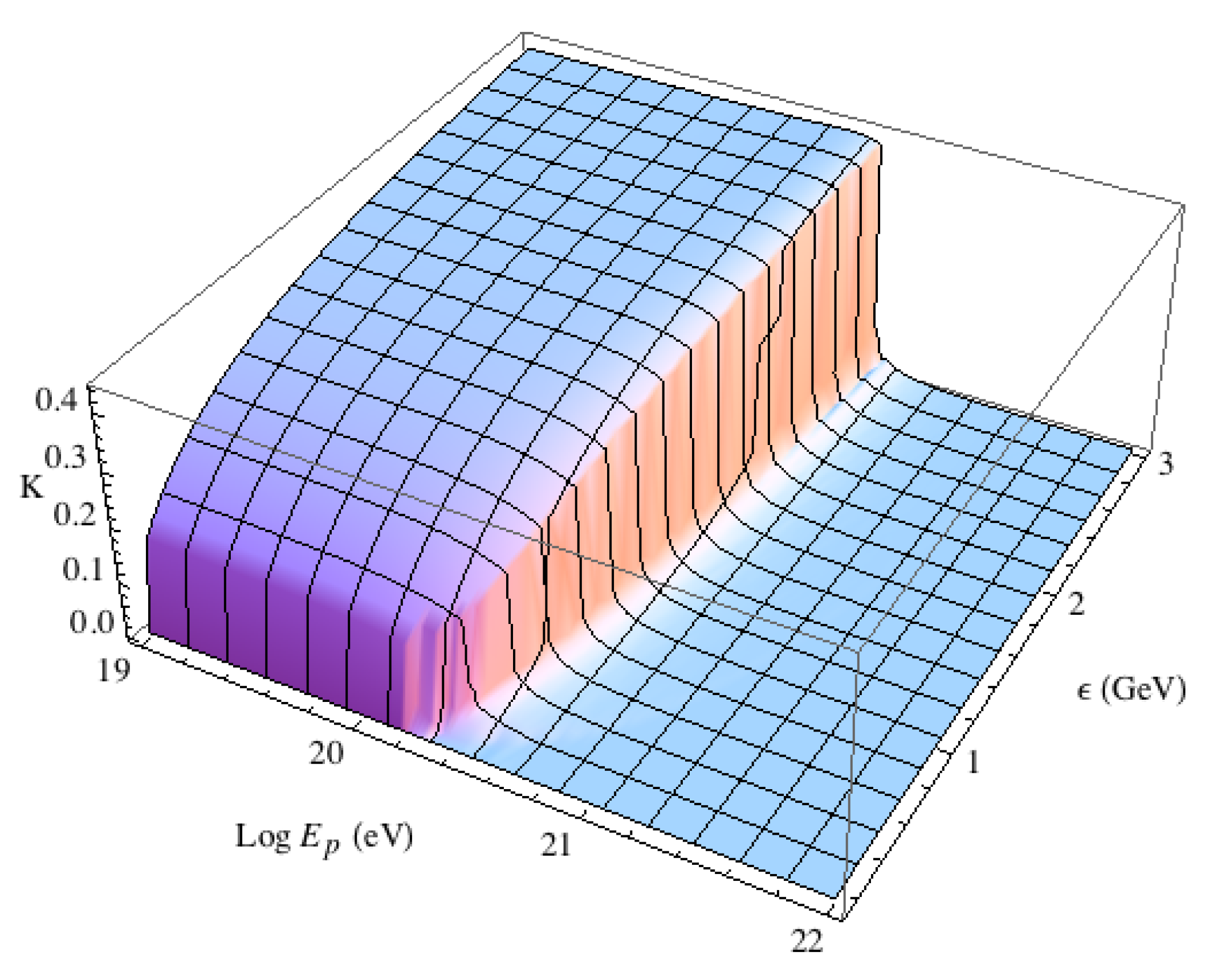


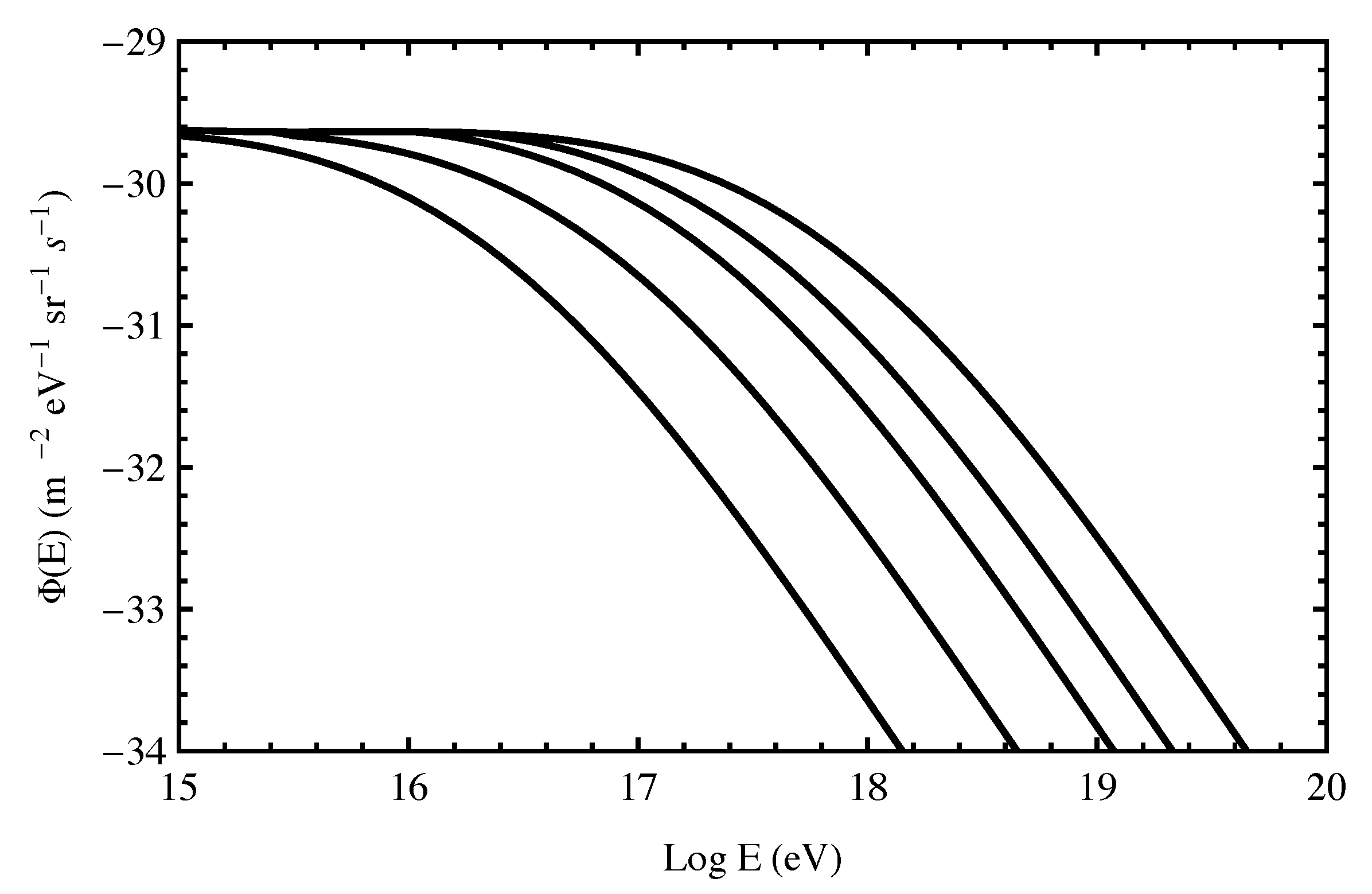
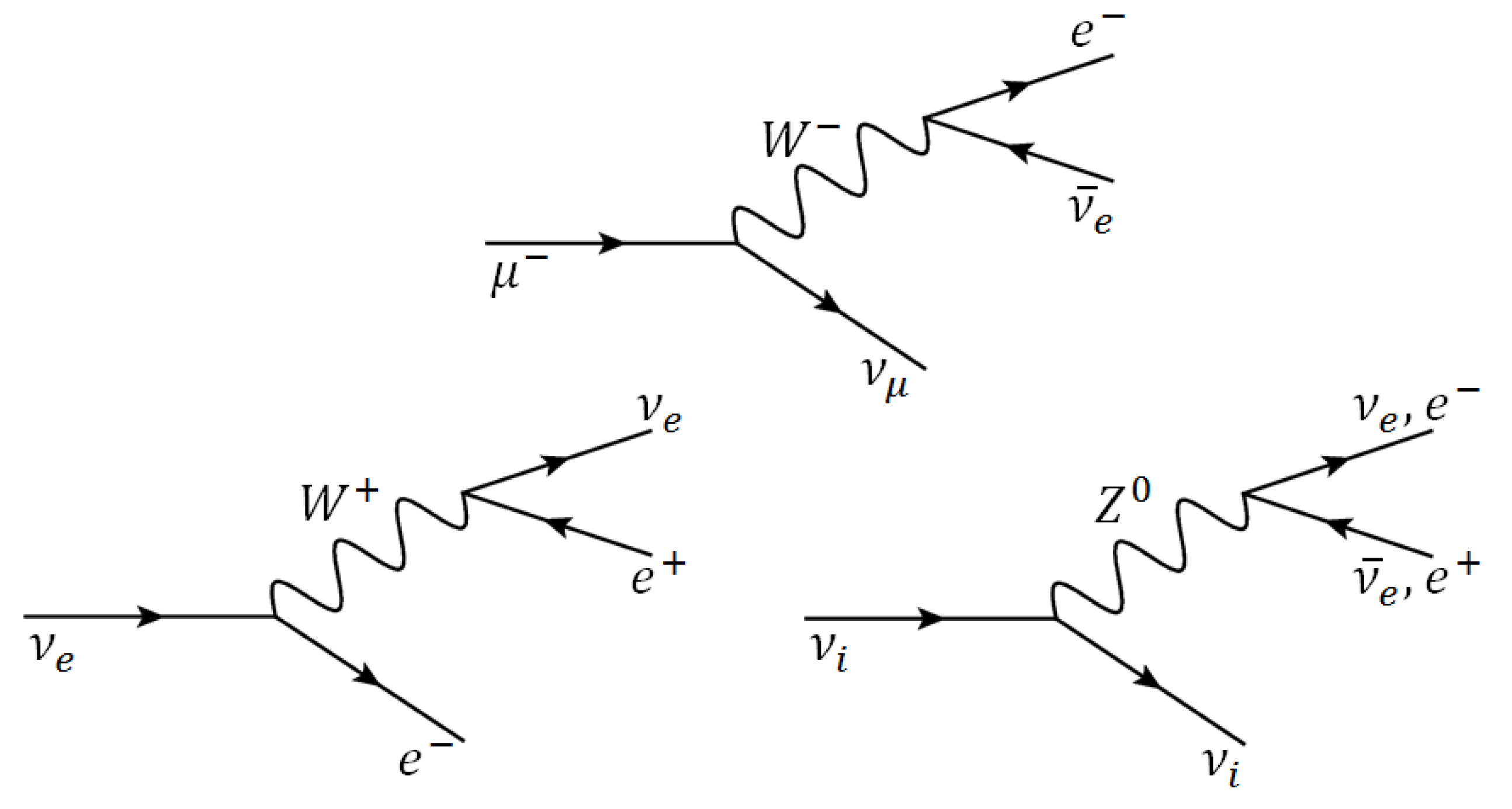
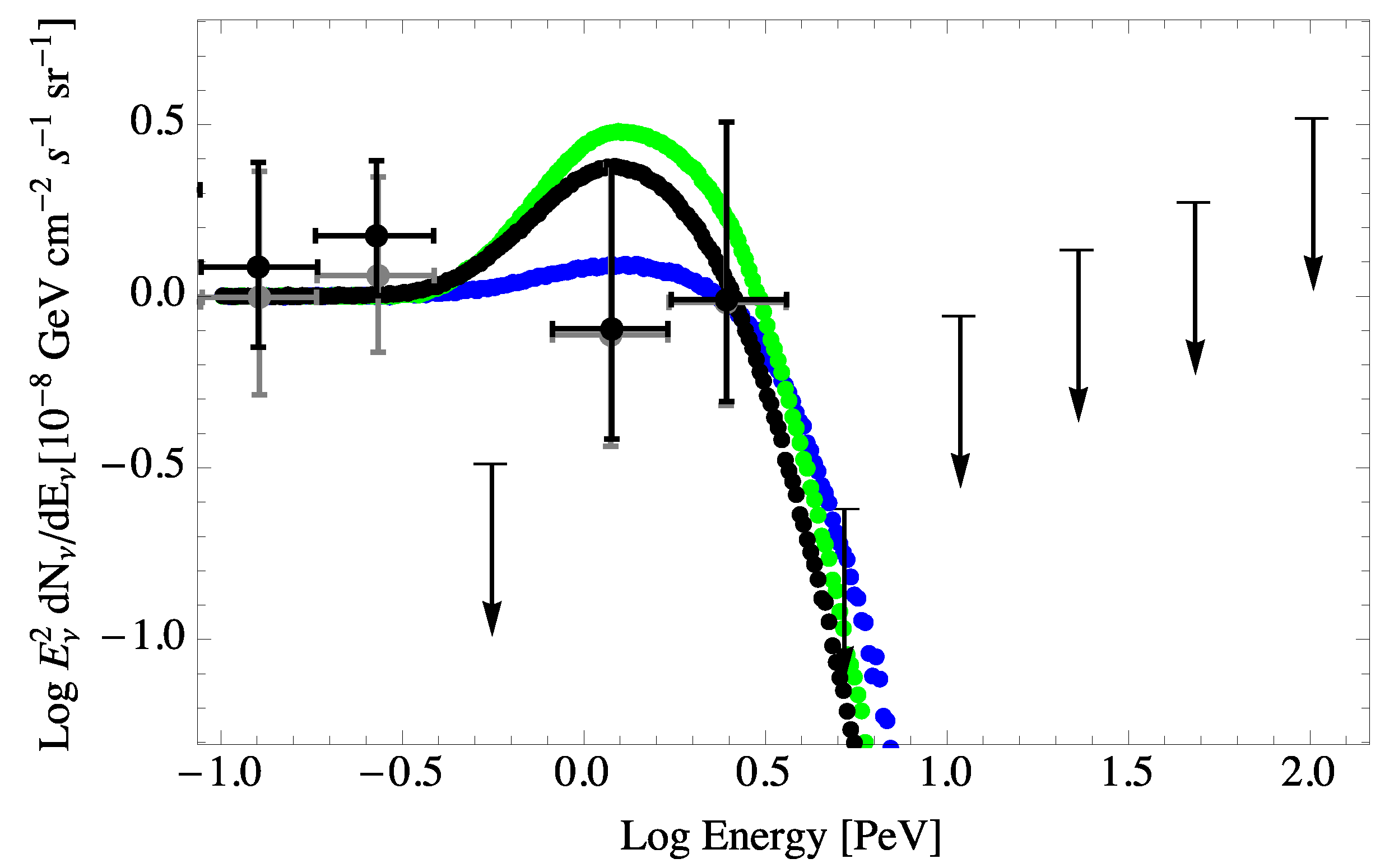
© 2017 by the author. Licensee MDPI, Basel, Switzerland. This article is an open access article distributed under the terms and conditions of the Creative Commons Attribution (CC BY) license (http://creativecommons.org/licenses/by/4.0/).
Share and Cite
Stecker, F.W. Testing Lorentz Symmetry Using High Energy Astrophysics Observations. Symmetry 2017, 9, 201. https://doi.org/10.3390/sym9100201
Stecker FW. Testing Lorentz Symmetry Using High Energy Astrophysics Observations. Symmetry. 2017; 9(10):201. https://doi.org/10.3390/sym9100201
Chicago/Turabian StyleStecker, Floyd W. 2017. "Testing Lorentz Symmetry Using High Energy Astrophysics Observations" Symmetry 9, no. 10: 201. https://doi.org/10.3390/sym9100201




